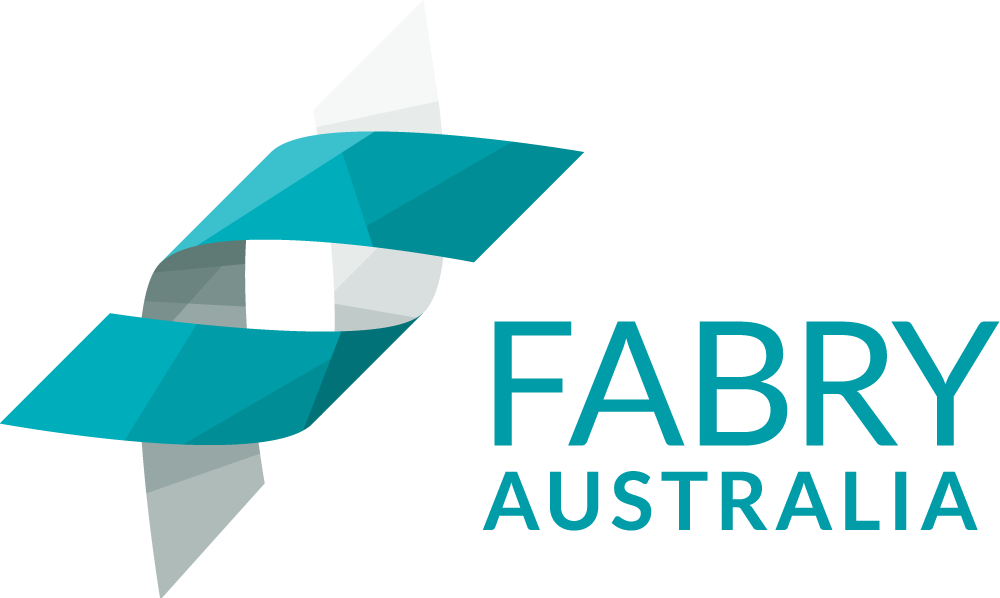Celebrating 30 years of Fabry Australia with ‘30 Fabry Stories, from the Australian Fabry Community.’
Professor Mark Thomas is a renal specialist and Fabry doctor at Royal Perth Hospital.
“I’ve seen enormous leaps in the 25 years I’ve been treating Fabry patients. For a rare disease it’s been spectacular.”
 Although I’d been working at Royal Perth Hospital since 1988, I’d never heard of Fabry disease until a fellow kidney doctor in Melbourne, Kathy Nicholls, contacted me in 2002 and said, “I’ve got a patient with Fabry disease coming back to live in WA and he needs fortnightly infusions.” Fast forward two decades and we now have about 95 patients, on all stages of treatment.
Although I’d been working at Royal Perth Hospital since 1988, I’d never heard of Fabry disease until a fellow kidney doctor in Melbourne, Kathy Nicholls, contacted me in 2002 and said, “I’ve got a patient with Fabry disease coming back to live in WA and he needs fortnightly infusions.” Fast forward two decades and we now have about 95 patients, on all stages of treatment.
It’s amazingly variable. Show me 10 Fabry patients and I’ll show you 10 different medical stories. Fabry affects everyone differently. Some people have early onset symptoms, while others will show little symptoms until much later in life.
I’ve seen enormous leaps in the 25 years I’ve been treating Fabry patients. For a rare disease it’s been spectacular.
It all started with being able to the identify the enzyme that is deficient or faulty in Fabry patients, it’s called alpha galactosidase or A-Gal, for short, on the GLA gene on the X chromosome.
Then treatments have been rapidly evolving. Enzyme replacement therapy (ERT) became available that infuses enzymes into a patient’s system. And now we have oral treatments for some patients whose mutation is amenable to the pill.
Chaperone therapy is an alternate-daily pill that moves enzymes from where it’s made in one part of the cell to where it needs to be in the other part of the cell to keep cells healthy. Only 40% of all Fabry’s patients have changes in their enzyme that fit with this treatment, whereas research into substrate reduction therapy offers another type of twice-daily pill that blocks the metabolic build-up for everyone.
Almost every year there are exciting new developments in treatments.
Gene therapy offers an even brighter future and we have been involved in a number of clinical trials. One option is stem cell therapy, where a healthy GLA gene is inserted randomly into a Fabry patient’s own stem cells and reinfused as a one-off treatment into their bone marrow, giving potentially whole-body continuous A-Gal enzyme production. Other gene transplants can be infused and then home to reside in the liver or heart, requiring gentler parallel treatment.
Like all great leaps forward, there are costs and risks. Some people can over-react, just as we found out during COVID vaccination campaigns. Hypothetically, precise CRISPR gene editing could offer an exact correction for each individual, or mRNA peptide systems generate responses like a vaccine, but these are still in the development stages.
It’s a challenge and privilege to work as part of such a varied team, where we need brilliant scientists who can tweak the genes, careful doctors to connect the scientists with the patients, and brave patients to say, “I’m willing to try it.” It’s a bit like the space race.
